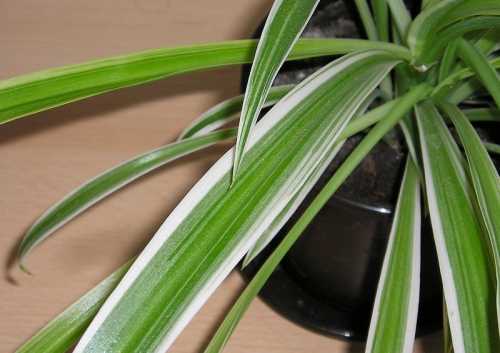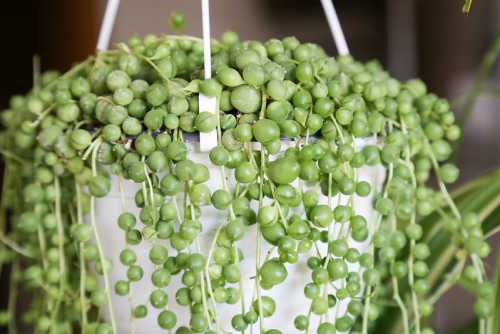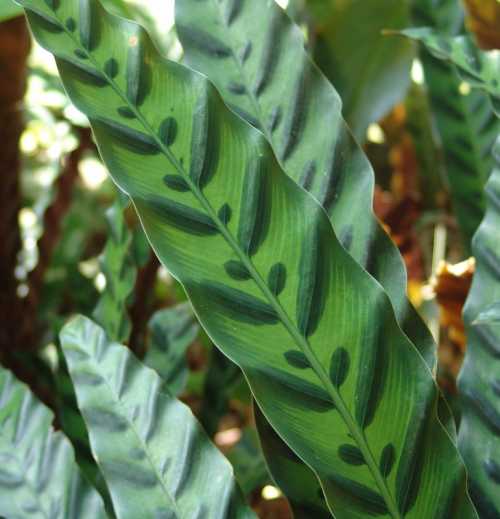It is a flowering plant called Dracaena trifasciata; people usually call this plant using the nickname the snake plant. The native place for snake plants is in tropical West Africa from east of Nigeria. People can also doubt how much sunlight does a snake plant need?
If you’re a plant owner and looking for basic details to grow your plant in good condition, this article is for you. The key success of a plant is knowing the nutrition water cycle of a plant. But have you ever heard about a plant that can tolerate many drawbacks that many plants do not have?
If the answer is no and if you’re looking for a plant that can survive for a long time, then the snake plant can help. This plant can survive with a very small amount of water, and the most common type of snake plant is the golden-edged green snake plant which stands straight and grows long.
This variant is the most common type of snake plant seen in restaurants, function halls, receptions, and more places that need some decoration. Some variants also have short and triangular leaves, but the tall variant is more popular than both plants.
How Much Sunlight Does A Snake Plant Need?

In general, this plant can tolerate all the lighting conditions, and it can even thrive well in darkness. When we speak about direct sunlight, it can grow well even in this condition, but people have to look for the signs of burning because most plants can burn in excessive sunlight.
However, this plant is thick, extreme heat and light from direct sunlight can make them burn, and it will also destroy the whole plant.
If you purchase a plant, then place this plant in direct sunlight and watch the signs of the plant to know the exact details.
Usually, if your plant is allergic to direct sunlight, people can see some changes; basically, it will change to pale yellow, brown, or some strange colors. This sign shows that you have to move your plant to indirect sunlight to maintain it in good condition.
Also Read: How Much Sunlight Does Peace Lily Need?
If the snake plant is already burnt and if you find some leaves in a damaged condition, there is no need to worry because the plant is hard, and it can make the plants achieve growth in some time.
Just add some extra nutrients to make your plant regain its energy and make the leaves grow back.
These plants are indestructible and can grow well in moderate conditions, and these plants can even thrive well in very bad conditions.
People who leave their plant for a long time can prefer to purchase this plant. Place the plant in perfect lighting conditions after thorough research because it is a must to make your plant achieve good growth.
Can A Snake Plant Survive Without Sunlight?
Snake plants need a minimum of five hours a day to be kept in indirect sunlight, so by doing this, the mild light will help them generate new food for themselves.
As snake plants are very thick, they can survive even in very low lighting conditions. It can be hung on walls, placed on a desk near a window, or it can also be placed in places where there is low light.
Some plants will not get sufficient growth if placed in indirect sunlight, but these plants are born hard and can survive in any lighting conditions.
Without getting even a small amount of sunlight, none of the plants in this universe can survive, because the sunlight provides them the required energy and helps them regenerate damaged leaves, produce food, and it also helps plants in photosynthesis.
Check this article: How to Revive a Dying Pothos Plant?
So, even snake plants need a small amount of sunlight for survival.
In this plant, the origin of the mother plant decides the amount of light that is needed to grow the plant so people can just have a look at this plant after leaving them in sunlight for some time so if your plant leaves stretch in that condition, then you can move the plant near the sunlight to make them grow more.
Don’t just place your plant before confirming the growth because some plants may be allergic to direct sunlight, and because of this, leaves may burn.
Without sunlight, a snake plant can survive for a very short time, and after some time, this plant will require some light to grow, so in short, no, the plant can grow without sunlight.
Because of its easy-going nature, this plant can be placed in almost all the rooms where there will be very low light but never place them in the dark because it may kill your plant completely.
These plants can be placed ten feet away from windows, especially from west or south facing windows, so people can do this for sunlight, which can help snake plants grow well.
Another important point is that every plant may need sunlight but not excessive light, so people who prefer to have a plant can place them in indirect sunlight for achieving some light, and it can also avoid the danger of burning leaves.
These variants are best for purifying air, so people who prefer to place a plant for getting some fresh air then snake plants can help. Usually, people prefer to place this plant in places they use the most to make it fresh and add some beauty.
Fitting this plant into the right place requires some patience to keep the plant in one area and wait for some time to review the improvements. After this, people can easily decide where to keep the plant to achieve maximum growth depending upon the results.
If you want to place your snake plant in a dark room, then you can rotate the place regularly. If people cannot rotate the plant, they can switch on artificial light for a few hours, but this method is not proven yet, so people can prefer placing them in sunlight for a few hours. If you change your place regularly, it will eventually provide some sunlight to enhance growth.
Also Read: Can I Put My Dracaena Outside?
To water your plant, it is necessary to test the soil before watering it.
Just place a paper or a stick into the soil, and if it is moist, it will stick, and if it is dry, then the soil will not stick, so if the soil is moist, just leave them for a couple of days and water them after it becomes dry.
People can also remember the fact that this plant can thrive well without water for many days. This plant is from humid and dry areas, so people may doubt the moisture content.
As it is a stiff plant, overwatering cannot affect this plant, but making the plant misty can affect the growth and may even damage its roots. But the fact is that overwatering can make your plant misty, and it can also be a reason for the death of your snake plant.
Check your soil before watering it. Snake plants can be grown well with compact soils, allowing excessive air and water to flow into the soil.
Soil is the main factor for maintaining the plant in good condition, so to make your plant grow well, change it every year and fill them with nutrients.
Another similar plant variant, which is very strong, is the mother-in-law tongue plant. This variant is also a less maintenance plant, and because of this reason, many people prefer to purchase and grow this variant.
This plant originates from west Africa. Because of the resemblance, people tend to confuse it with snake plants; both look similar, so we have listed some basic details about the mother-in-law tongue variant.
Also Read: Coffee Grounds for Pothos: How to Use?
How Much Sun Does A Mother In Law Tongue Need?
Mother-in-law variant can thrive well in good lighting conditions, and it can also tolerate high sunlight. It can also be placed in outdoor conditions, which will let them achieve maximum sunlight.
Never leave this plant in the dark because the growth achieved is directly connected to the sunlight, and if the lighting conditions are not good, then you will be in a situation of losing your plant. The average temperature for this plant is 16 degrees to 27 degrees celsius, which prefers to grow in hot and warm temperatures.
Final words:
We have seen some common tips for growing a snake plant in good condition, so for growing a snake plant and mother-in-law tongue plant, sunlight is the must, and people can place them in moderate lighting conditions.
Every plant has some uniqueness, and people can follow that to achieve maximum growth. Both the variants look similar, and some points will be the same for the growth and development of the plant, so people can follow the same for achieving great appearance and growth for both the variants.
Plant owners must remember one thing before watering the plant, excessive water or moisture content in soil can make your plant decay and it will make the roots weak. So water your plants at the right time with the perfect quantity to maintain them in good condition.









